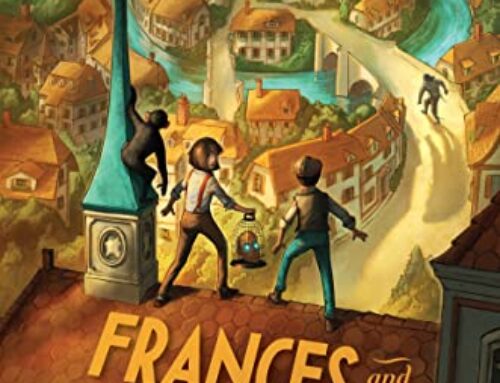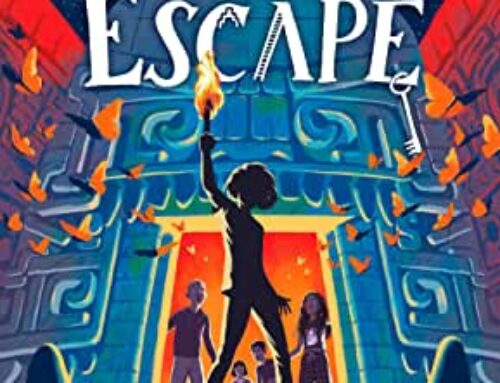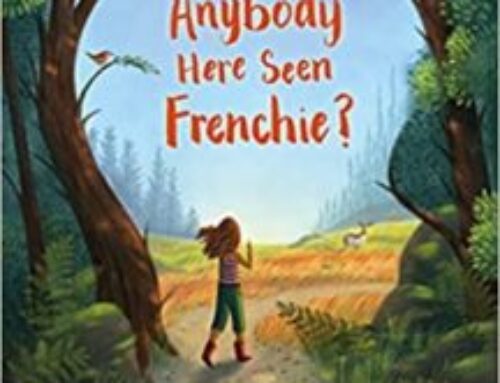I read this book because I love stories about time travel. I will re-read it because it is so much more.
Saving Lucas Biggs is not your usual time travel story. It’s not a time slip story where the main character falls through time unexpectedly. This is the story of a girl who chooses to go back. Thirteen-year-old Margaret comes from a family of time travelers who have taken an oath not to travel anymore. But when her father is sentenced to death for a crime he did not commit, she goes back in time to save him, not by changing what happened to him, but by changing what happened to his sentencing Judge, Lucas Biggs. Although we don’t learn all the details why the family has chosen not to time travel, we can guess what they are. There is pain and danger involved, and no guarantee of success.
But there’s more. The real problem in deciding whether to time travel or not is, as the story so perfectly says, history resists. It could just have easily have said, the problem is people resist history. This is a story as much about how people refuse to see how events are connected as it is about changing how they are. And that’s thought provoking.
But the time travelling would be nothing in this book without the history. The story captures life in a 1938 Arizona company mining town so well, you feel like you are there. It also makes Saving Lucas Biggs a book that should be required reading for history classes. This is not to say the story is not politically slanted, because it is. It’s not to say the book isn’t violent either. It’s that too. But middle-graders can and should learn about history in this way. It will make them think, question, and most importantly remember it. And when you have a book that can do all these things, with a bit of time travel too, you have a winner.
I recommend reading Saving Lucas Biggs, and then re-reading it, to really appreciate it.





Leave A Comment